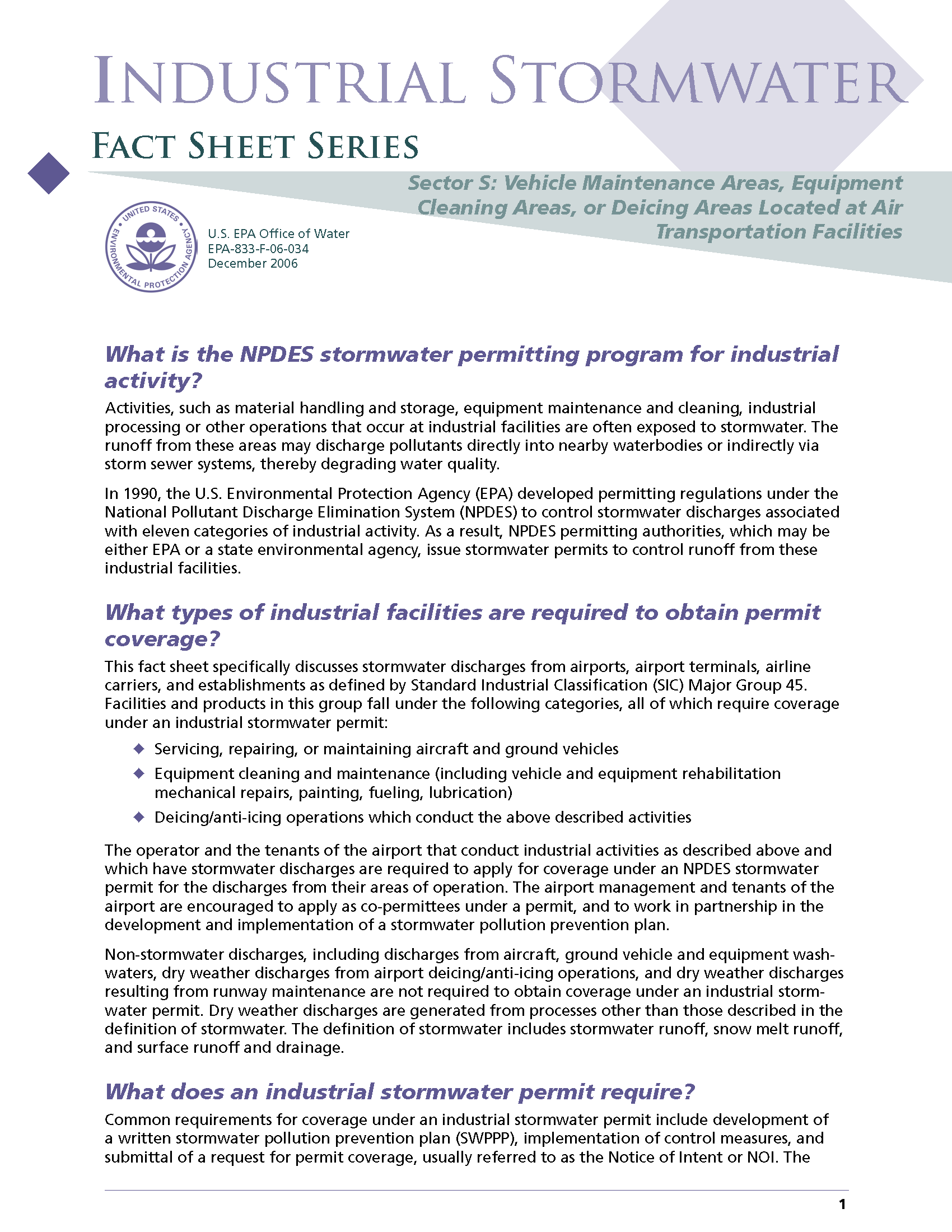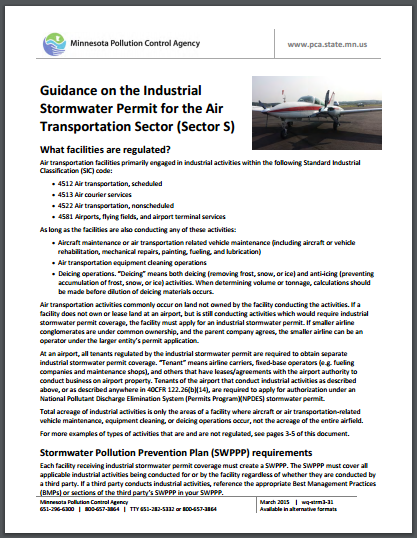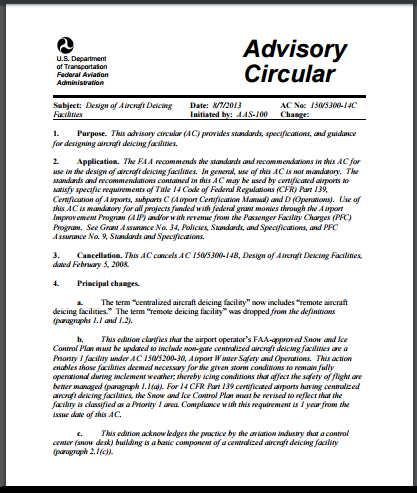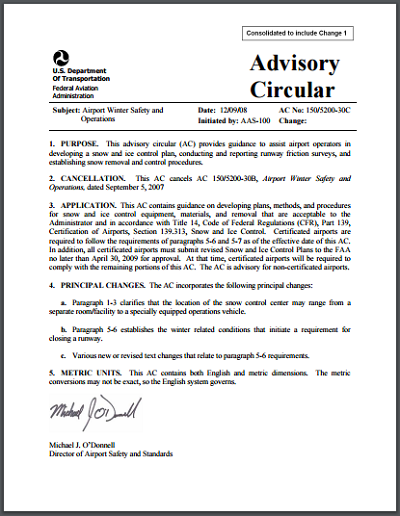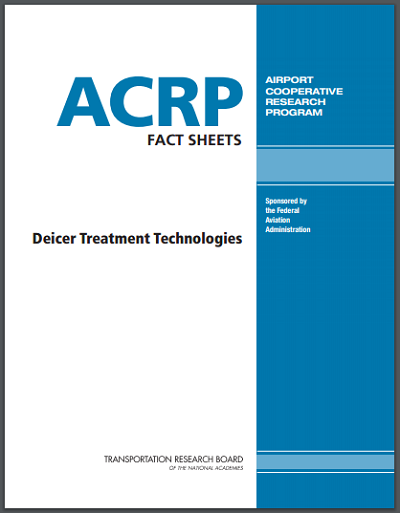Stormwater Pollutants and Sources
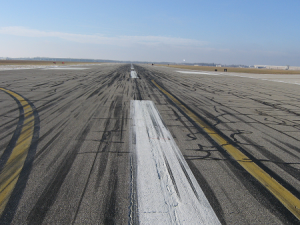 Stormwater runoff is generated from rain and snowmelt events that flow over land or impervious surfaces—such as paved streets, parking lots, and building rooftops—and does not soak into the ground.
Stormwater runoff is generated from rain and snowmelt events that flow over land or impervious surfaces—such as paved streets, parking lots, and building rooftops—and does not soak into the ground.
The runoff picks up pollutants such as trash, chemicals, oils, and dirt/sediment that can impact the quality of nearby waterbodies.
Pollutants conveyed in stormwater discharges from air transportation facilities will vary, but typical activities that could introduce pollutants into stormwater discharges include aircraft and pavement deicing, fueling, aircraft and vehicle operations, aircraft and vehicle maintenance, airfield pavement maintenance, and equipment cleaning.
Monitoring is a common requirement of airport industrial National Pollutant Discharge Elimination System permits and requires sampling of stormwater runoff. Monitoring of outfalls helps to determine where the highest pollutant loads are discharging and can focus where to install a future structural best management practice to improve water quality. This can be especially important in areas that discharge to impaired waterbodies.
The first step in determining what type of monitoring may be required at your airport is understanding the stormwater management regulations and requirements. For a review of the regulations, visit the Regulatory Topic Summaries listed on the Stormwater Regulations & Permitting web page.
Analysis of the sampling results can yield valuable information about the characteristics of the airport’s runoff and how well control measures are working. The results should be compared to any applicable permit limits or benchmark values. Exceedances of these values often indicate that best management practices need to be evaluated. Click on the links below to learn more about these topics.
-
- Airport Stormwater Pollutants & Sources provides resources regarding stormwater pollutants and sources that airports may be required to manage.
- Monitoring & Sampling provides guidance for planning and implementation of stormwater monitoring and sampling programs at airports.
- Data Interpretation provides resources on how to interpret the results of sampling and monitoring.
- Stormwater Sampling and Monitoring training course (provided as classroom and web-based training) provides interactive instructional materials that explain different types of sampling and monitoring activities, sample collection and handling practices, basics of using monitoring instrumentation, laboratory analyses, basic data review and interpretation, and reporting practices.
Note: All external links were functional at the time this website was published. If a link is broken, use the title of the document to search for an updated link.


